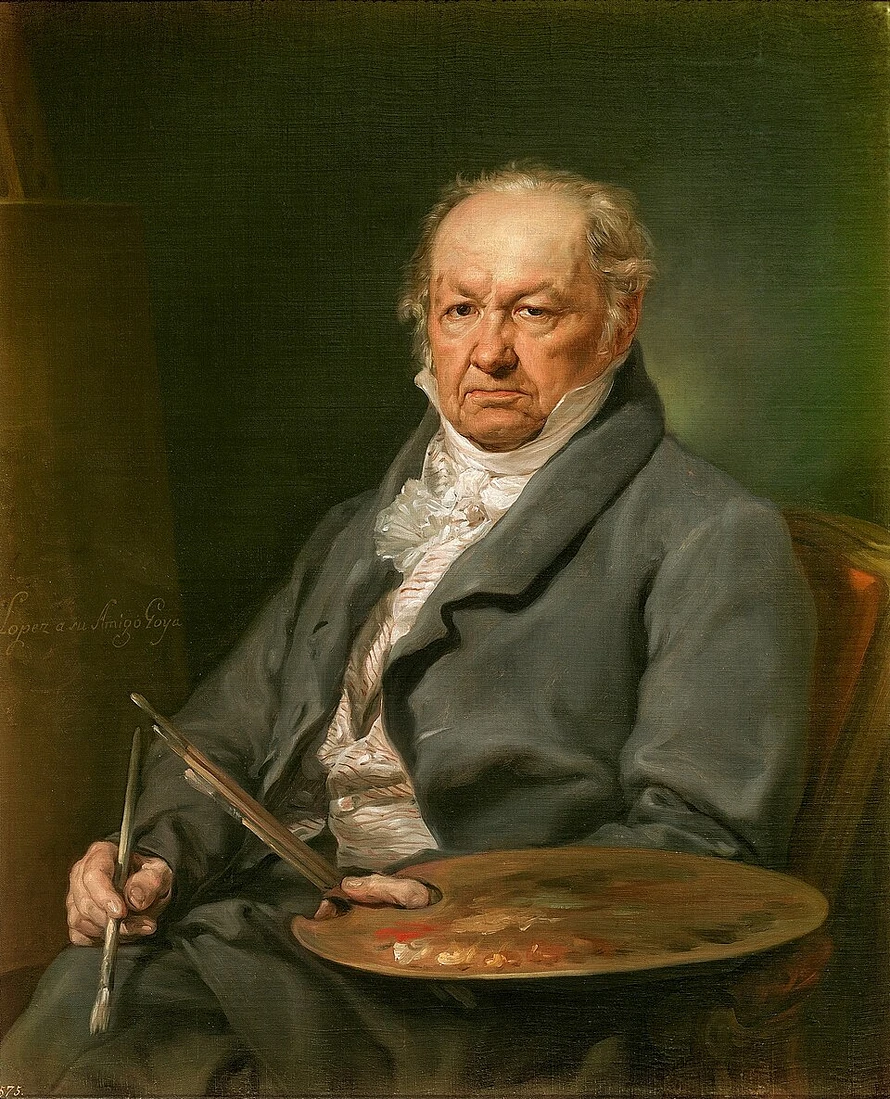Francisco Goya: Biography of the Spanish Painter Who Captured the Dark Side of History
Who Was Francisco Goya?
Francisco Goya (1746–1828) was a groundbreaking Spanish painter and printmaker whose art evolved from royal portraiture to dark, unflinching commentary on war, suffering, and madness. Widely regarded as both the last of the Old Masters and the first modern artist, Goya’s unique style and bold subject matter have influenced generations of creatives across centuries.
Early Life and Rise as a Spanish Court Painter
Born in Fuendetodos, Spain, Francisco de Goya y Lucientes began his artistic journey studying in Zaragoza before moving to Madrid. His early work included tapestry designs and religious paintings, but his talent quickly caught the attention of the Spanish royal court. By the 1780s, Goya was appointed court painter to King Charles III and later to Charles IV.
During this time, Goya produced elegant and revealing portraits of aristocrats and royals, capturing not only their appearances but also their personalities and flaws.
Goya’s Illness and Turning Point
In the 1790s, Goya suffered a mysterious illness that left him permanently deaf. This experience marked a turning point in his career. Isolated and introspective, Goya began creating art that delved into deeper psychological and political themes, setting the stage for his most famous works.
The Disasters of War: Goya’s Brutal Anti-War Series
One of Goya’s most important contributions to art history is his graphic print series, The Disasters of War (Los Desastres de la Guerra), created between 1810 and 1820. These 82 etchings document the horrors of the Peninsular War and the suffering of civilians and soldiers alike.
Unlike traditional war art that glorified heroism, Goya’s war prints exposed raw violence, cruelty, and human tragedy. This series remains one of the most powerful anti-war statements in visual art history.
The Black Paintings: Goya’s Descent into Darkness
In the last years of his life, Goya lived in near seclusion at a house near Madrid known as the "Quinta del Sordo" (House of the Deaf Man). There, he painted the now-famous Black Paintings directly onto the walls of his home. These nightmarish images include works like Saturn Devouring His Son and Witches' Sabbath, reflecting themes of insanity, fear, and existential dread.
The Black Paintings are often seen as precursors to modern expressionism and surrealism, showcasing Goya’s unmatched ability to channel emotion and psychological depth.
Goya’s Legacy in Modern Art
Francisco Goya’s influence is far-reaching. Artists such as Édouard Manet, Pablo Picasso, and even contemporary creators have cited Goya as a major inspiration. His fearless exploration of war, death, and the human psyche continues to resonate in today’s world.
Whether through the Black Paintings or The Disasters of War, Goya’s art forces viewers to confront uncomfortable truths—making him one of the most relevant artists in both historical and modern contexts.
Final Thoughts on Francisco Goya
From royal portraitist to visual chronicler of war and madness, Francisco Goya remains a towering figure in the history of Western art. His work transcends time, offering insight into both the light and darkness of human nature.
Explore Francisco Goya Phone Cases: https://classicartcases.com/collections/francisco-goya

